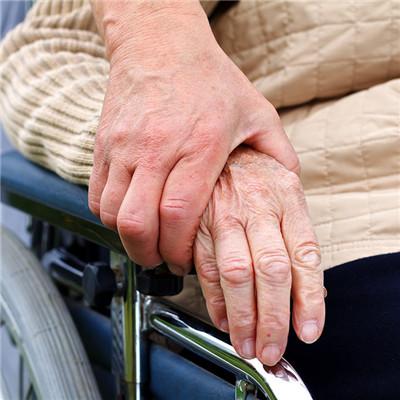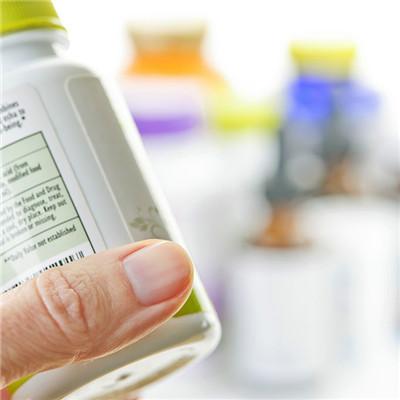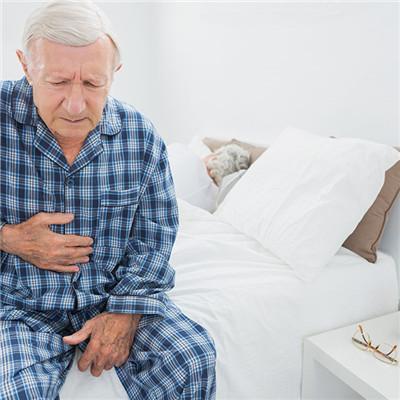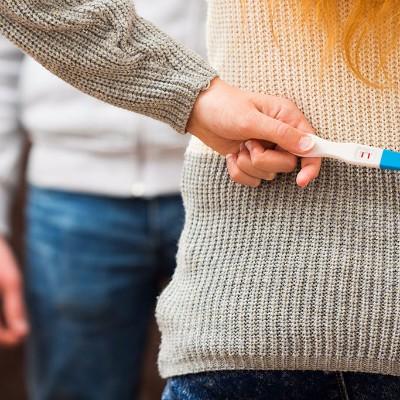How to do gastrointestinal barium meal examination?
summary
Barium meal examination, that is, upper gastrointestinal barium radiography, is a diagnostic method for upper gastrointestinal diseases through the development process of barium reaching the stomach and duodenum through esophagus after subjects swallow paste barium sulfate (developer). Because it is insoluble in water and lipid, it will not be absorbed by gastrointestinal mucosa, so it is basically non-toxic to people. How to do gastrointestinal barium meal examination? Let's talk about it
How to do gastrointestinal barium meal examination?
Chest and abdomen fluoroscopy was performed first. Objective to investigate whether there are heart and lung lesions, metastases, or lung cancer and other diseases. Abdominal dialysis to see if there is no X-ray high-density shadow, whether there is obstruction or perforation and other contraindications. Look at the esophagus at a right anterior angle of 45 degrees. 45 degrees to the left front, another 0 times. Observe the passage of esophageal barium from different angles in double oblique position, and observe the peristalsis in supine position when necessary.

Lie down on the bed, turn 1-2 circles from right to left (fast speed required), and look at the stomach in supine position. Make barium as far as possible and coated in gastric mucosa, to prepare for the observation of mucosa. In supine position, the posterior wall of gastric body and antrum was observed in right anterior oblique position, and in supine position, the filling phase of gastric fundus and antrum and duodenal filling phase were observed in left anterior oblique position
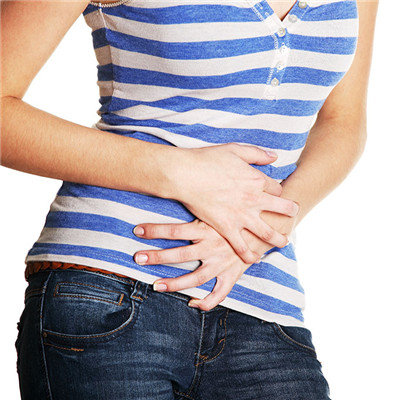
The lesions of anterior gastric wall were observed in prone position. The filling phase and peristalsis of gastric body and antrum were observed in the semi reclining right anterior oblique position and the semi reclining left anterior oblique position. The filling image of stomach was observed in the standing position after drinking barium, and the compression image was observed in the standing position. Finally, the standing position was scanned again from esophagus to stomach
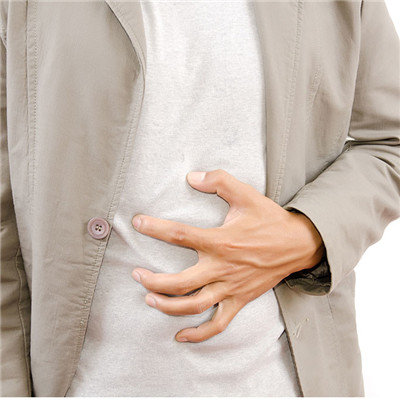
matters needing attention
1. Fasting and water prohibition started after 8:00 p.m. the day before, and abdominal examination was conducted the next day. 2. Under normal conditions, oral administration of 3 G gas producing powder before angiography, and swallowing with 10 ml warm boiled water can produce about 300 ml gas to inflate the stomach. 3. For the patients with pyloric obstruction, gastric tube should be inserted to extract gastric juice before angiography.
